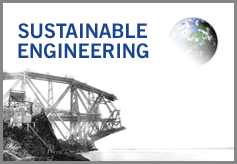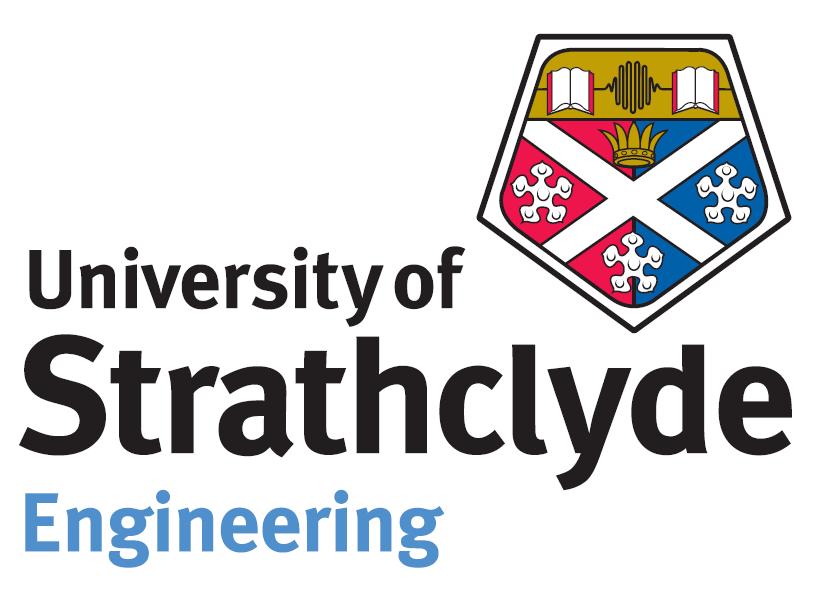
To compare the impact on performance of employing contra rotation, a single 3 bladed rotor was analysed against a twin rotored device with 3 blades in the upstream rotor and 4 blades in the downstream rotor. The power curves above illustrate that contra rotation exhibits improved performance over the majority of the inflow velocities. At speeds above 4.3 m/s the single rotor performs better, yet these speeds are less desirable for marine current applications as the forces inflicted on the rotors will be considerable.
The graph also illustrates that contra rotation is better at maintaining performance at mid to high range speeds when the blades become degraded. Over a tidal cycle, the majority of the power will be generated at these speeds.

In comparison to a single rotor device, contra rotation can improve annual energy recovery by 1.7%. Although this is an improvement, it is marginal. The main benefits from contra rotation are likely to come more from the zero net reactive torque that can be achieved with contra rotating rotors. This removes the need for a supporting structure, meaning the turbines can be simply tethered to the sea bed which immediately halves the capital cost.





